-
×
 Euro Bengalese
1 × ₨ 3,000
Euro Bengalese
1 × ₨ 3,000 -
×
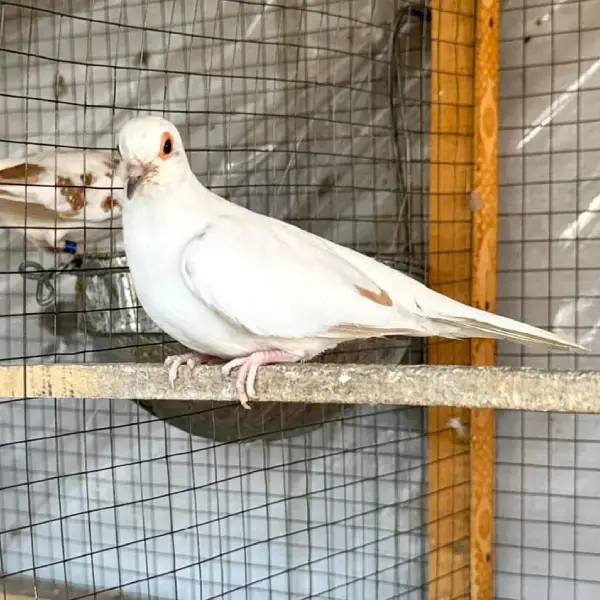 Red Pied Dove
1 × ₨ 6,000
Red Pied Dove
1 × ₨ 6,000 -
×
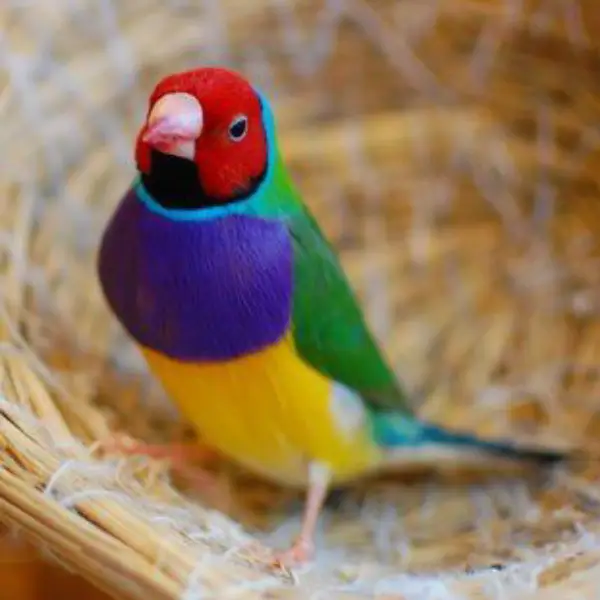 Common Gouldian Finch
1 × ₨ 10,000
Common Gouldian Finch
1 × ₨ 10,000
Subtotal: ₨ 19,000

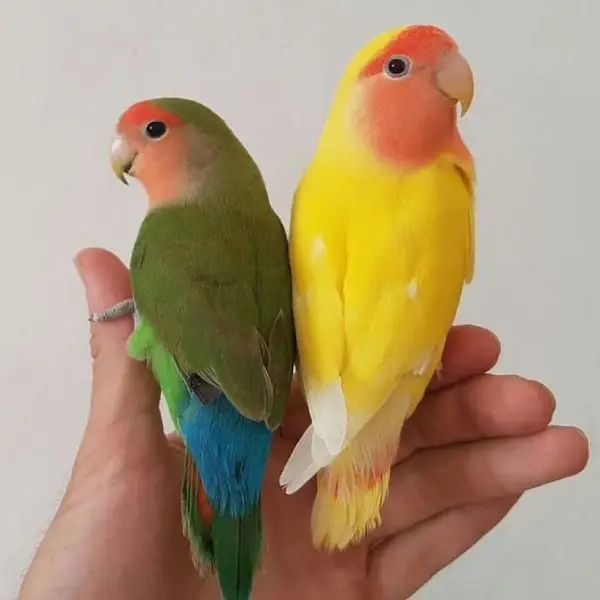


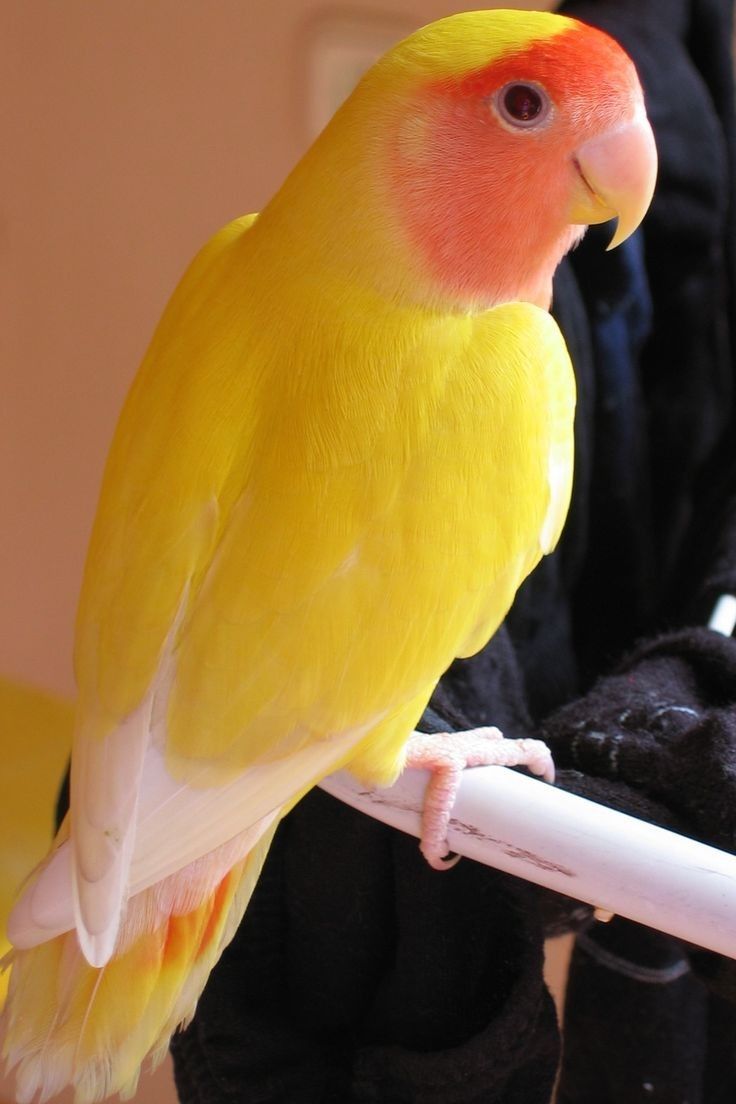

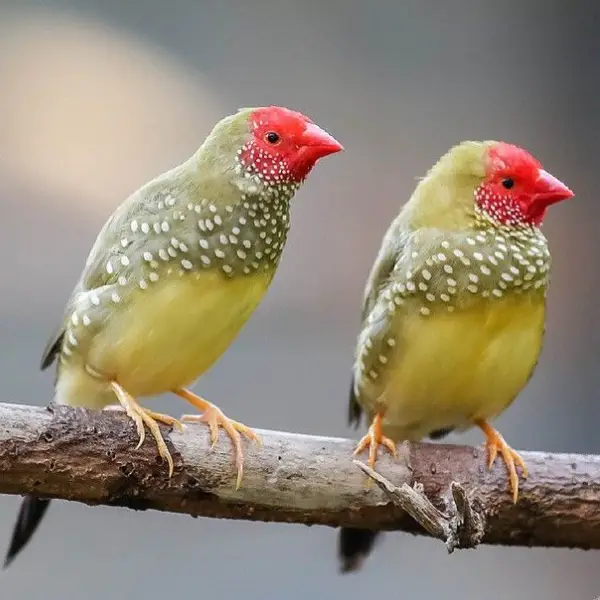
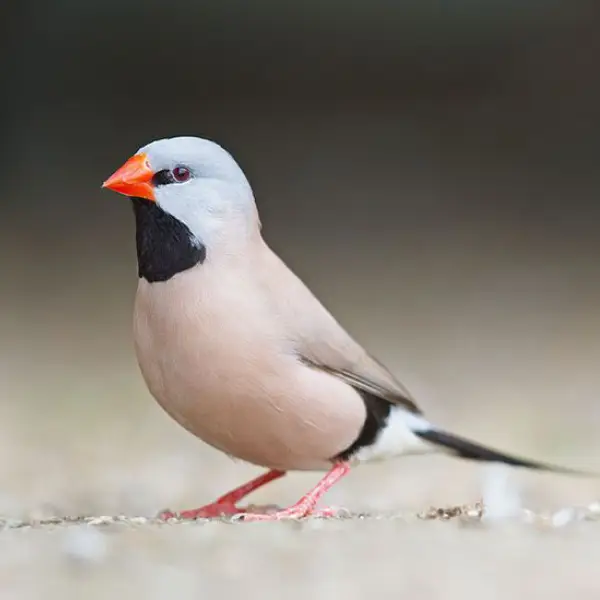
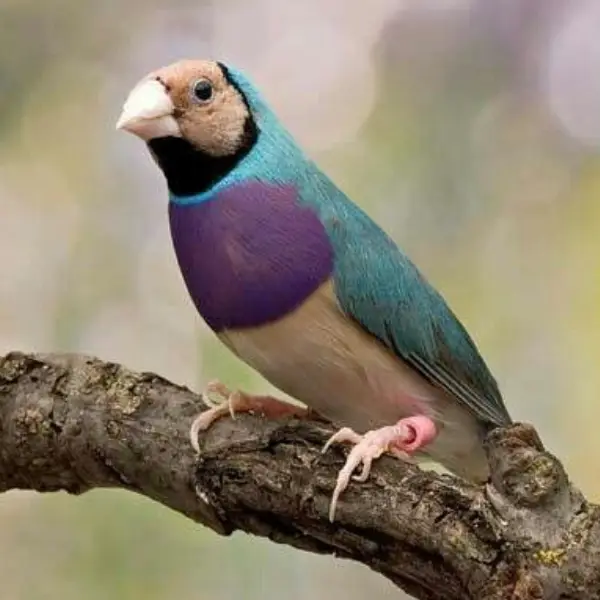
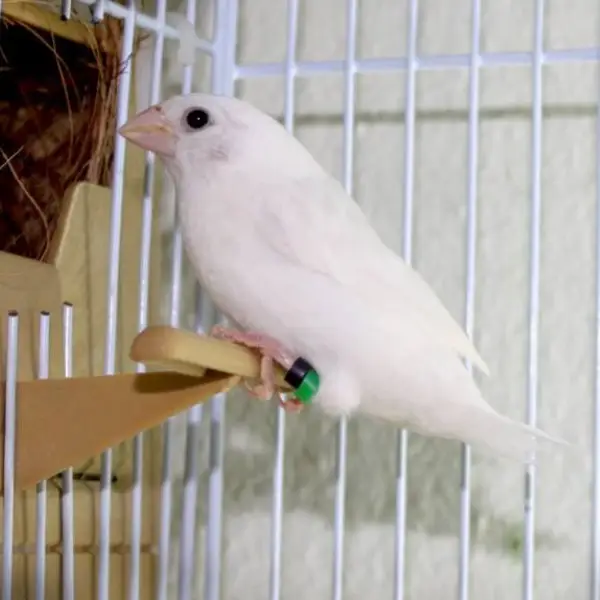
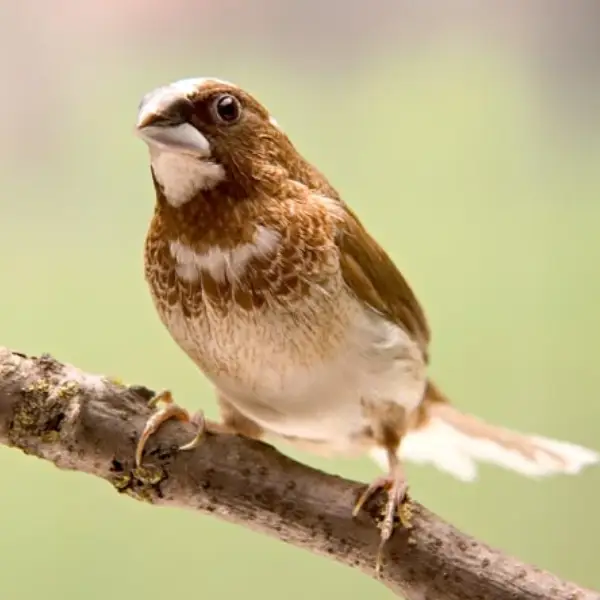

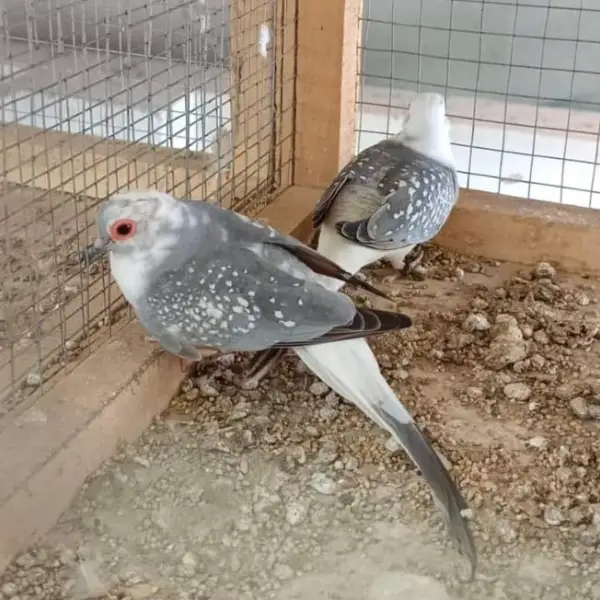
Reviews
There are no reviews yet.